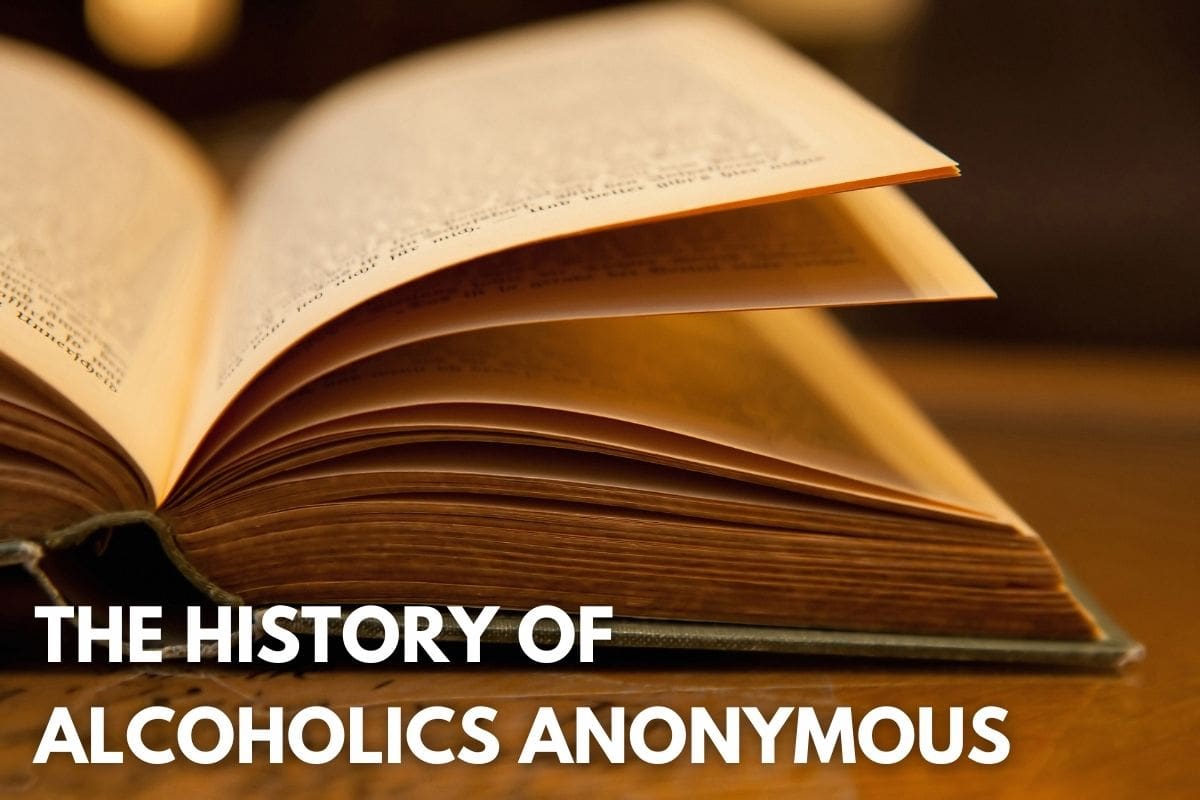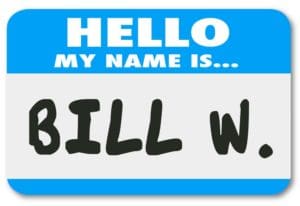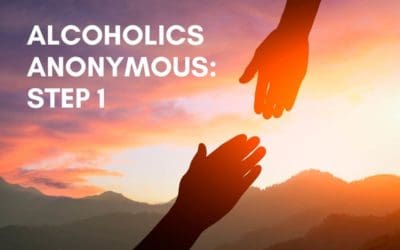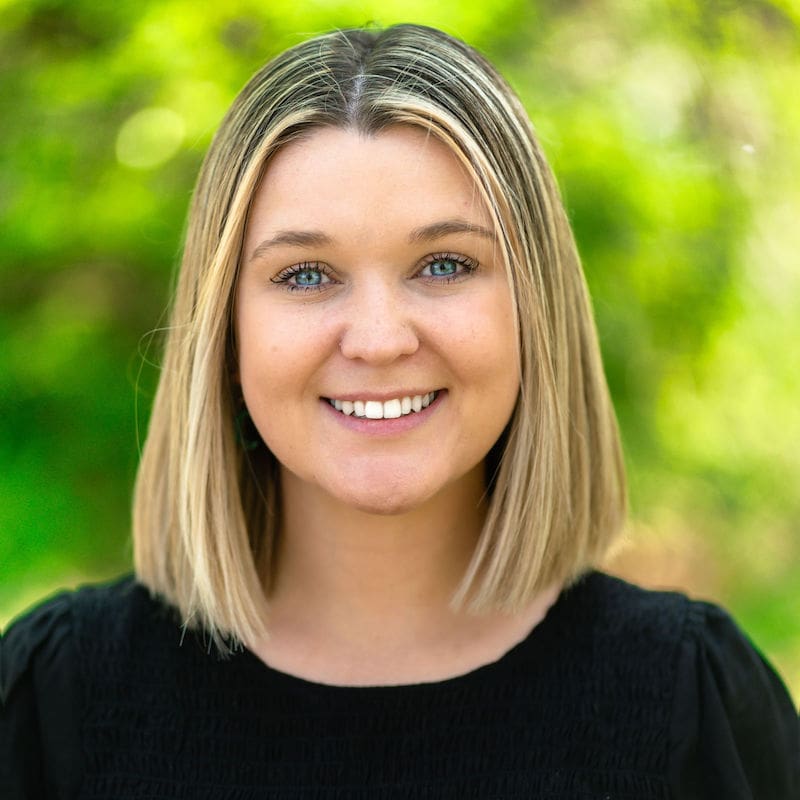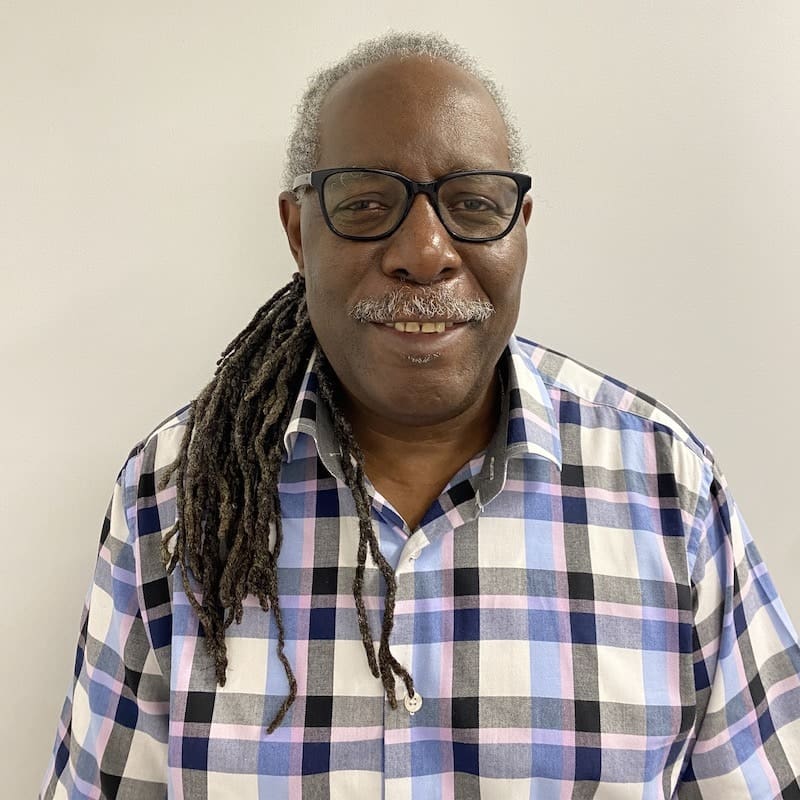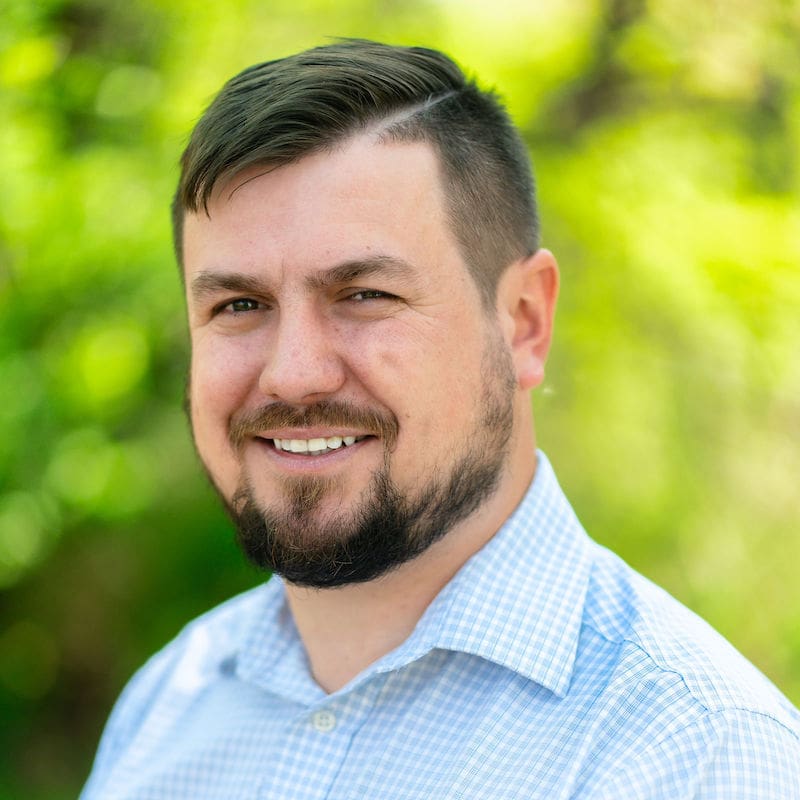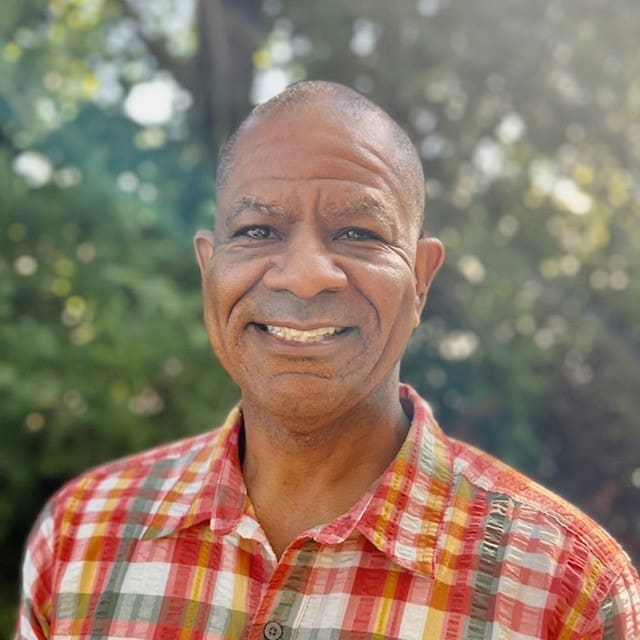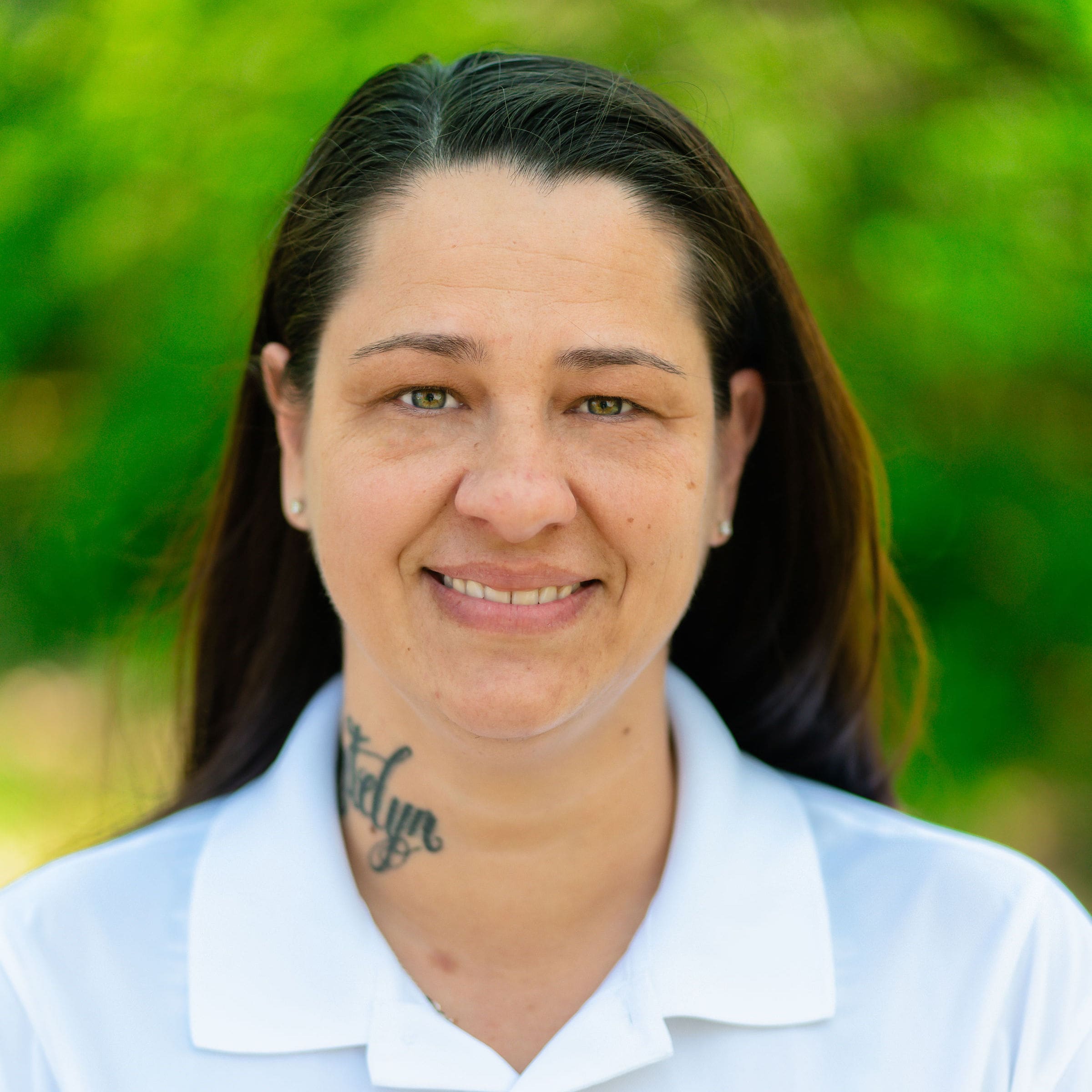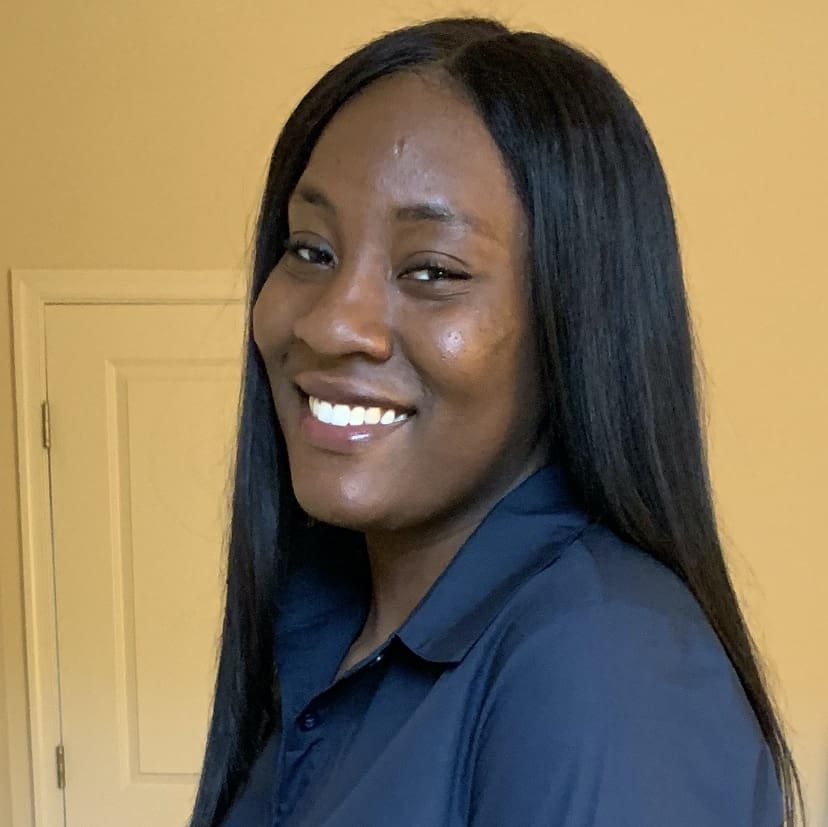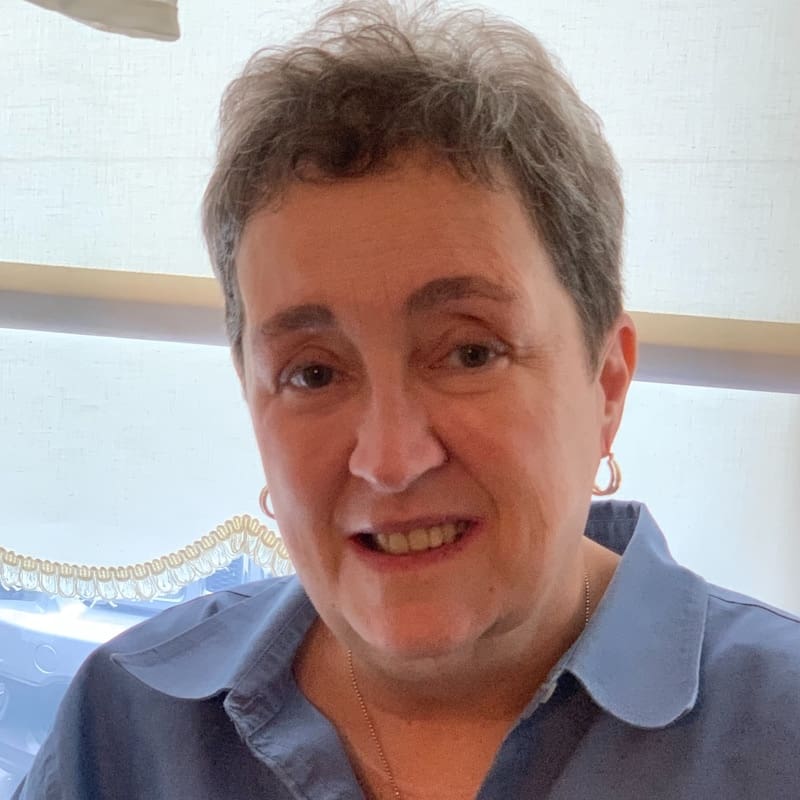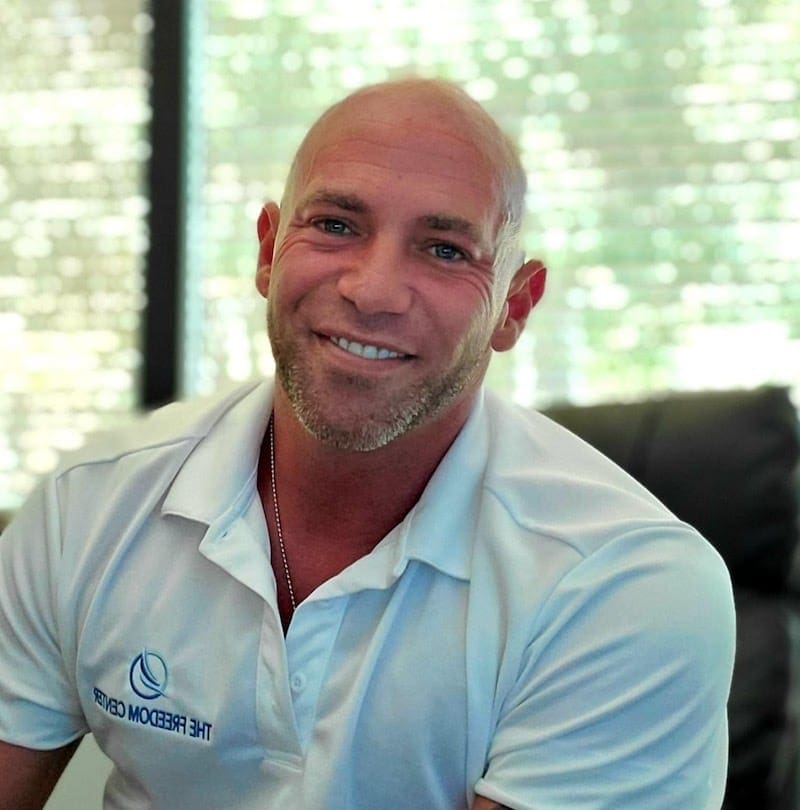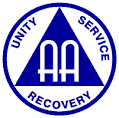
Twelve-step programs were created and popularized by Alcoholics Anonymous which was founded in 1935. Nearly 100 years later, the 12 steps are still widely used to treat substance abuse. In addition to being immensely popular, the twelve steps have been hugely influential and revolutionized the addiction treatment industry, the effects of which can still be felt in modern treatment facilities. To understand the significance of this contribution and how it came about, let’s dive into the history of Alcoholics Anonymous as well as the famous 12 Steps.
What are 12 Step Programs?
12 step programs use a model that ties in spiritual growth, peer support, and abstinence to achieve sobriety. These steps begin with admitting the need for help, relinquishing control, accepting help, examining one’s flaws, and trying to make amends for past mistakes.
The history behind 12 step programs began in the early 20th century after prohibition and the temperance movement took the United States by storm. Prior to the creation of Alcoholics Anonymous, alcoholism used to be treated through punitive means. Individuals that couldn’t function due to alcoholism were sent to prison to sober up.
The widespread view of alcoholism was that it was akin to a bad habit that needed to be corrected by the law. It wasn’t until the early 1900s that the idea of alcoholism as a disease caught on.
Alcoholism: A Disease
Dr. Benjamin Rush is often thought of as the mind behind the concept that alcoholism is a “disease induced by vice”, as he stated in the 1784 study, Inquiry into the Effects of Ardent Spirits on the Human Mind and Body. He even went on to conceptualize “sober houses” that would help take care of individuals dealing with alcoholism.
Though Dr. Rush laid the groundwork for what would become Alcoholics Anonymous, the 1800s signaled the beginning of the temperance movement that eventually culminated in prohibition in 1920. Both of these reactionary movements arose as a response to the pervasive domestic violence and public health issues associated with alcohol abuse.
During the years that alcoholism was criminalized, there was a clear disparity between the rich and the poor. While the former could afford to sober up in hospitals, the latter were sent to prison or asylums to be punished for consuming alcohol. This went on until prohibition came to an end and one man was inspired to create what would be the beginning of the world’s most significant treatment program for alcoholism.
The Oxford Group and Bill Wilson 
The creation of Alcoholics Anonymous was already in motion as Bill Wilson realized alcoholism was to blame in the downfall of his career. As Wilson attempted to treat the disease through hospital stays, he knew he needed something more to achieve sobriety.
Wilson sought out help from the Oxford Group, a Christian fellowship that was designed to aid men in overcoming character flaws and sins. Once Wilson underwent a spiritual awakening, he began to attend the group meetings regularly.
This period with the Oxford Group was crucial for Wilson as he began to ingratiate the group’s standards for unselfishness, purity, honesty, and love into his own life and journey to sobriety. In 1935, Wilson was introduced to Dr. Bob Smith and his life was changed forever as he finally overcame alcoholism.
The Creation of Alcoholics Anonymous
Wilson’s time with the Oxford Group came to an end after the other members criticized him for his exclusive focus on alcoholism. It was at this point that Smith and Wilson went on to form their own group: Alcoholics Anonymous.
The first-ever edition of the Alcoholics Anonymous guiding manual Alcoholics Anonymous was written by Wilson in 1939. The original “Big Book” outlines the program’s 12 principles and the 12 steps for achieving sobriety.
Today, 12 step programs are all over the world and have branched out to include many other types of addiction like Narcotics Anonymous (NA), Gamblers Anonymous (GA), Marijuana Anonymous (MA), Sexaholics Anonymous (SA), and many more.
How AA Works
While there are many different types of 12 step programs, they all got their start with Alcoholics Anonymous. Most of them closely follow the original traditions and guidelines of the first 12 steps. The very first Alcoholics Anonymous was designed to help fight alcoholism through social connectivity and spirituality.
As you go through the 12 steps, you’ll see how they were created as a way to spur self-examination, release self-control, and accept responsibility. The first few steps focus on preparing an individual to turn over their control to the “higher power“, allowing them to relinquish the concept of “self-control” with alcoholism. This leads to the admittance of one’s wrongs, which invites one to become accountable as they fight addiction.
The next steps help one to identify their own moral shortcomings and encourage them to make amends. These steps encourage individuals to use meditation and prayer to connect with their “higher power” and discover their purpose in life.
The 12th and final step focuses on learning how to help others overcome alcoholism. This is usually the point at which experienced members become sponsors as they help newer members through recovery.
AA, Meetings, and Sobriety
Just as recovery is a process, becoming part of Alcoholics Anonymous doesn’t end when sobriety is achieved. Meetings are an essential part of 12 step programs and serve as a way to bring members together as they work with one another to overcome alcoholism. Closed meetings are specifically for individuals that are fighting addiction while open meetings can be attended by anyone, including family members and friends.
Alcoholics Anonymous is the backbone of modern addiction support. If you’d like to learn more about the 12 steps, AA, NA, or other addiction programs, don’t hesitate to reach out to your local chapter. You can search for meetings in your area on the Alcoholics Anonymous website.

